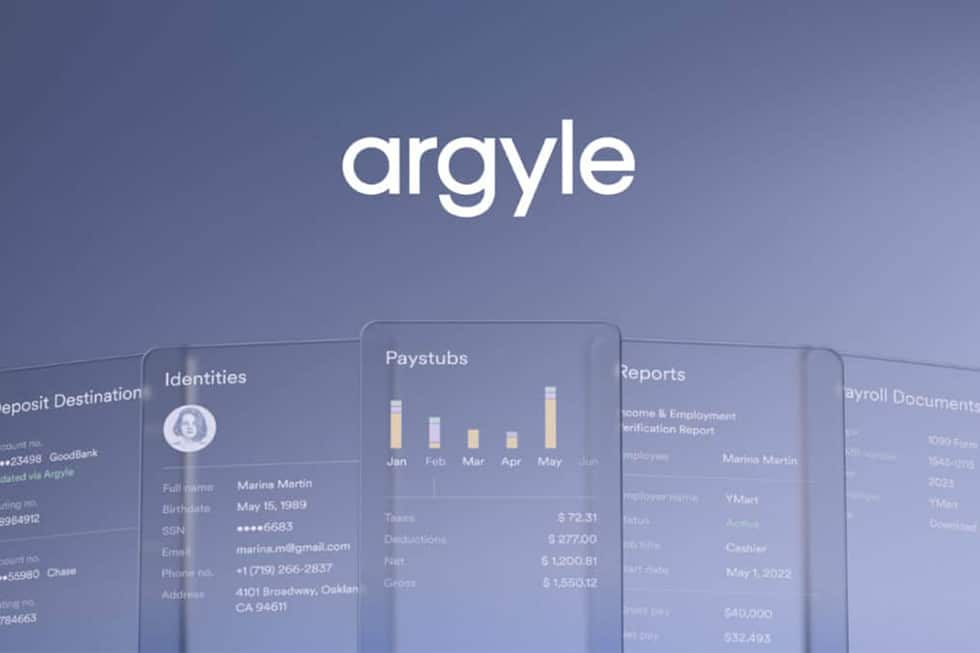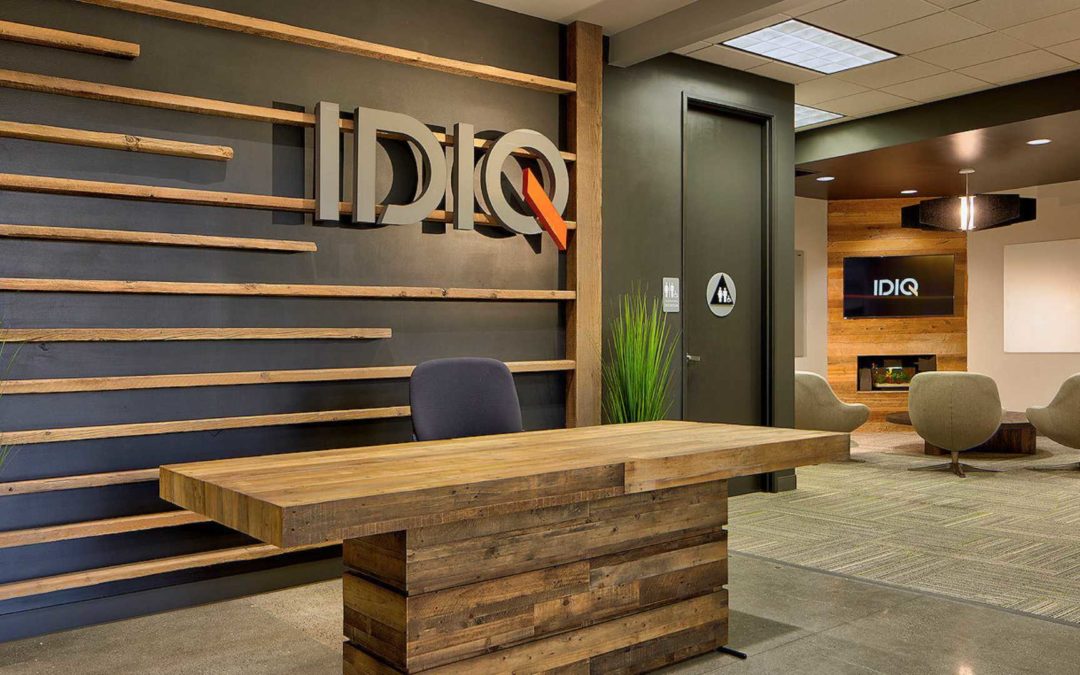Digitalization is a growing trend in all industries, especially now in finance. Once seen as a traditional, established sector, finance businesses are expanding their tech features to include modernized platforms, two or even three-factor security, and embedded finance.
EMBEDDED FINANCE? WHAT IS THAT?
The latter, embedded finance, engages finance on a whole new level by combining mechanisms into a general business plan. Specifically, embedded finance is the use of financial tools or services by a company that generally doesn’t handle finances.
One popular example is lending or payment processing. Take Venmo, the billion-dollar mobile payment service owned by PayPal. Venmo’s entire purpose is to process payments from customers and transfer them to their respective banks. The company has seen extreme growth since its inception—to the point that its platform is used as a verb among users (“I just Venmo’d you for the pizza this weekend!”)
Is Venmo a financial provider? No, but they work with banks and financial providers to restructure the process of paying your friends and family back.
Or, take loan options such as Affirm, Klarna and Afterpay. Gone are the days where you had to sign up for layaway at a store before making a purchase. Now, you can buy an item online and apply for a line of credit from a participating lender, all in one-go. The practice has become so successful that big name retailers including Adidas, Target, Macy’s, and Walmart are all offering it to their customers.
Examples of other common embedded finance practices include banking as a service (BaaS), fintech as a service (FaaS), investments and trading, digital wallets, and more.
As a whole, embedded finance is gaining traction from both customers and institutions. Financial firms—such as big tech, insurance providers, and retailers—are increasingly incorporating the digital strategy. According to Forbes, embedded finance is projected to have an estimated market value of over $138 billion by 2026.
WHAT’S THE POINT OF THIS?
While embedded finance streamlines processes for customers, it’s about more than just convenience and accessibility. Companies also use this strategy to better understand their customers and what they’re spending their money on, including habits, needs, and wants. Tracking this data allows corporations to drive potential business developments and notify customers of new products and services that suit their needs!
In utilizing embedded finance, companies can avert customers from failing to complete a transaction on their website or app, writes Scott Raspa for Finextra, Head of Marketing for Hydrogen, a platform that works with companies to offer fintech products or components. For example, rather than sign up for an additional app, companies can use wallets already embedded into customer’s phones to streamline payment processes.
Additional benefits include increases in customer retention and customer value, the removal of service middlemen, and additional revenue streams for companies.
INCORPORATING EMBEDDED FINANCE INTO YOUR PRACTICE
Influenced to add embedded finance in your business? First, think about the digital needs of your company. What tools are you lacking, and what do you currently have? Are you looking to incorporate digital invoicing? Investment applications? “Buy now, pay later” features? This will help you decide what can take your business to further heights.
One common motive that Dmitry Dolgorukov from Forbes uses for companies wanting to incorporate the strategy is a desire to improve customer service and satisfaction. By using a buy-now-pay-later (BNPL) model or embedded insurance, companies can turn their business into a one-stop-shop, he explained.
From there, companies can identify target areas related to them, and outsource partners as they need. Sophie Guibaud, Chief Growth Officer at OpenPayd, offers up her own employer as an example of this in a recent Finextra article. OpenPayd is a BaaS solution that partners with financial and non-financial institutions to streamline banking and payment solutions. Working with partners allows for the best customer experience possible, says Guiband.
Embedded finance might feel like a mouthful, but its meaning and process is simple, both for the customer and company. While the strategy is already embedded into our lives with companies like Uber, Google, and Apple among those dominating the field, embedded finance is the future of fintech—and your company can be its next big hit.





